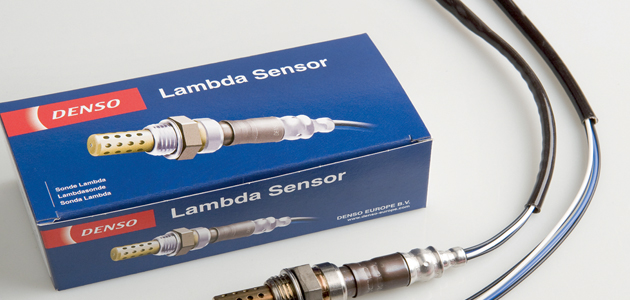

Diagnosis and investigation
To correctly test and diagnose a Lambda problem it is important to understand what measurements you’re looking for as output. Early O2 sensors work on voltage, Titania sensors use resistance, Planar utilises current and wideband also works on voltage.
Installation
The flange-type sensor is fairly easy to install but with the threaded type it is critical that once the sensor has been removed you run a thread chaser down through the port to actually clean out the thread. You also need to use the special grease provided to lubricate the thread as this makes the insertion into the port a lot easier. Cross threading, over-torqueing or dropping the sensor will actually damage it – rendering it in-operative.
Common issue
There are occasions where the actual product may have nothing to do with a Lambda Sensor problem, and instead may be caused by other issues occurring within the engine. This can be identified by taking a Lambda Sensor out and visually inspecting. One such issue we regularly come across is exacerbated by harsh winter weather and is identifiable by the Lambda Sensor appearing to be light grey in colour with a white powdery substance round the thread area.
This is caused by anti-freeze in the combustion chamber and should immediately tell you that you’ve got another issue other than just a sensor failure. We’ve had one or two people fit another Lambda Sensor and in one or two weeks it has gone wrong again with the same fault – that is because it’s the water thats actually killed the sensor.









